ROBOTSLAB WINS LAUNCHEDU COMPETITION AT SXSWEDU
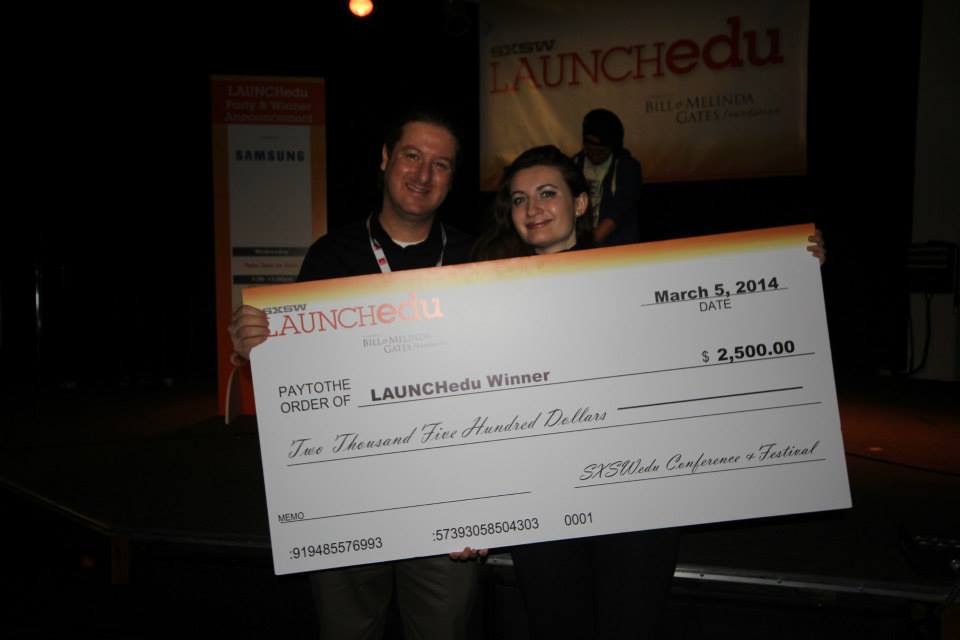
Austin, TX and San Francisco, CA – March 6, 2014 - A handpicked group of distinguished judges representing a cross section of in business, technology and education experts have selected RobotsLAB BOX as the winner of the LAUNCHedu Competition.
The competition began in August 2013 with approximately eighty applications. RobotsLAB was one of ten finalists chosen by the judges to present at SXSWedu on March 3. Following that presentation, RobotsLAB was one of three companies to be selected as a finalist. The final presentation was made in front of judges and a jam-packed room of educators on the morning of March 5. As part of the Educator Insights panel that discussed all ten competing companies, all three panelists cited RobotsLAB BOX as their favorite.
Based on the votes of attendees and judges, RobotsLAB BOX was ultimately chosen as the competition winner at the LAUNCHedu party on March 5. Betsy Corcoran, CEO and Co-Founder of EdSurge presented the award to RobotsLAB CEO Elad Inbar.
- 0 Comments
- Mar 6, 2014 12:13:59 AM
- Posted by Anna Sandler
- Topics: Math, Pre-Calculus, Local News, EdTech, STEM, National News, Education, Awards, 21st Century Classroom, School, Student Engagement, Geometry,, Middle School, algebra,, International News
EdTech is introducing a Blended-Learning to Math Classes
"The Times They Are a-Changin" and never more so than now in math class. After struggling futilely for generations to instruct all math students in a classroom at the same rate, today’s math instructors have a viable, technology-aided alternative, blended learning. Blended learning, according to our ubiquitous friends at Wikipedia "is a formal education program in which a student learns at least in part through online delivery of content and instruction with some element of student control over time, place, path or pace."
- 0 Comments
- Feb 24, 2014 10:30:00 AM
- Posted by Mike Nardine
- Topics: Math, Local News, EdTech, Education, Education Politics, 21st Century Classroom, Student Engagement
Why We Love EdTech (And You Should, Too!)
What is the future of EdTech? Well, it took almost 500 years for EdTech to progress from the hornbook to the magic lantern. The hornbook appeared in England in the 15th Century. First immortalized in Shakespeare’s Love’s Labor’s Lost,
- ARMADO. [To HOLOFERNES] Monsieur, are you not lett'red?
- MOTH. Yes, he teaches boys the hornbook. What is a, b, spelt backward with the horn on his head?
- HOLOFERNES. Ba, pueritia, with a horn added.
The hornbook made its way to the colonies where it was gradually replaced by the equally low-tech slate and blackboard. It wasn’t until the latter end of the 19th Century and the beginning of the 20th that EdTech underwent a revolutionary change.
Imagine if you can the impact of the projected images of the magic lantern or the 3D images of the stereoscope on students for whom the written word in books, on slates and blackboards that had been the only source of information. At the same time their ability to express themselves individually improved as slate and blackboard were pushed to one side by that mass-produced writing instrument the pencil and its work-mate, inexpensive paper.
While it took 500 years for EdTech to progress from the horn book to the hand-held, 3D stereoscope, it took less than 50 years for the next EdTech revolution, electricity, to run its course. Edison said let there be light and school rooms were never the same again from their lighting to the available teaching tools. According to the infographic below the moving picture projector arrived in 1925, the overhead projector in 1930 and the mimeograph in 1940. Radio carried information to school rooms across the nation in the 30’s and 40’s and television first found its way into the classroom in the 1950’s. While radio and tv appeared to be the future of EdTech, yet another revolution was underway as the transistor replaced the tube in radios and televisions.
The digital revolution began with the transistor. The transistor brought about the microprocessor revolution and the microprocessor begot the handheld calculator which brought relief to those of us who had always found math tedious and despair to some math teachers who suddenly found their dullest students capable of adding, subtracting, multiplying and dividing more quickly and accurately than they. The handheld calculator was quickly followed by the personal computer revolution and software that allowed poor spellers like me to quit worrying about every word and begot the Internet revolution….
What then is the future of EdTech? We believe it is technological revolution upon revolution, each building on the preceding revolution and hastening the arrival of the next!

- 0 Comments
- Feb 13, 2014 11:00:00 AM
- Posted by Mike Nardine
- Topics: EdTech, Education, 21st Century Classroom, School, Student Engagement
'Robot Olympics' 17 Cyborg Athletes to Vie for Glory in DARPA Challenge
We look forward to DARPA challenge, awesome robots are coming! But with all due respect to DARPA challenge, the real Robot Olympics game is the ' NAO Olympics' . RobotsLAB has crated a series of sport challenges with the NAO robot. Check it out, game on!
- 0 Comments
- Feb 11, 2014 2:30:00 PM
- Posted by Mike Nardine
- Topics: Robotics, EdTech, STEM, Education, Computer Science, NAO
Technology Trends for Teachers
Teenagers can make for difficult students. They might show up for class, but that doesn’t mean they will participate--or even stay awake! As the old saying goes, "you can lead a horse to water but you can’t make him drink." Does not matter that the horse needs water to get through the day or that the teenager needs the skills taught by science,technology, engineering and math to get a job when he leaves high school. Sweet reason won’t get either to do what is best for them. An old cowboy once said that it took a 2x4 across the head to get cooperation from the horse. That sounds a bit harsh and might lead to problems with PETA and the SPCA. The same method with teenagers would get a teacher 20 years in the pen! But after trying reason and violence, what’s left?
Simple! TECHNOLOGY is the answer to the question posed by the preceding paragraph. STEM teachers are no longer restricted to lectures, boring books or trips to the blackboard. They can count on great learning-software like Scratch, new technological paradigms like the 3D printer and engaging, interesting teaching tools like the RobotsLAB BOX.
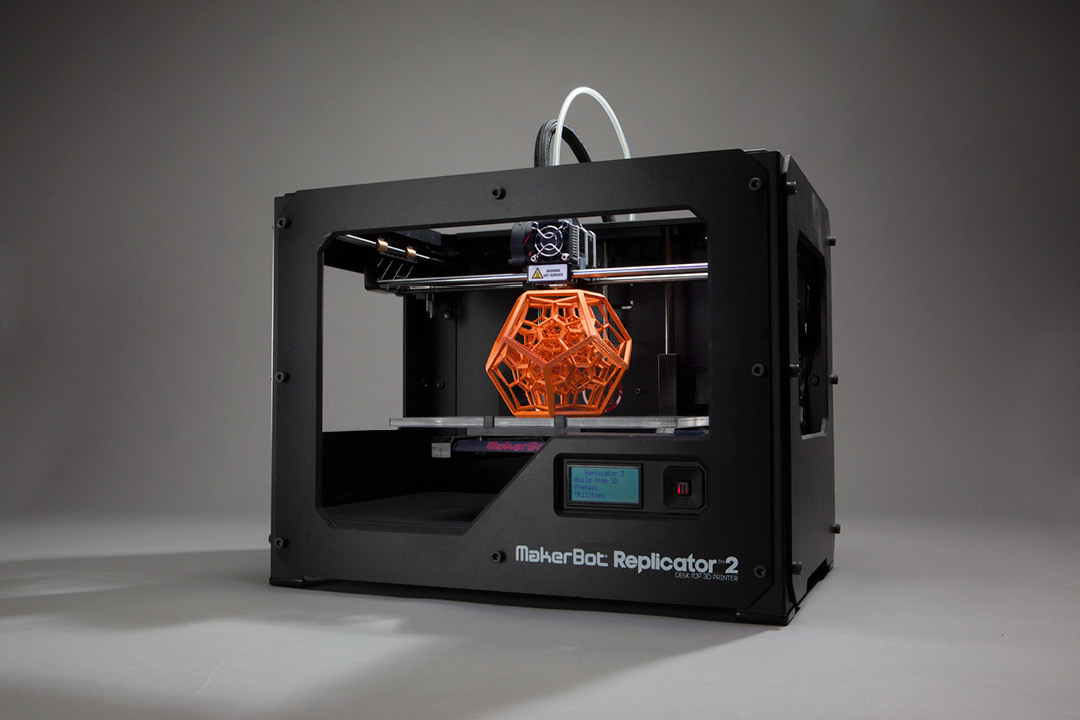
- 0 Comments
- Feb 10, 2014 12:30:00 PM
- Posted by Mike Nardine
- Topics: EdTech, Education
RobotsLAB Box Charity Auction
In our day-to-day interaction with schools across the country, we are exposed to countless fundraisers, rafflles, and bake sales, but we've never seen anything quite like Tech Search Party.
For this reason, we have donated a RobotsLAB Box to this event which is now being auctioned off to the highest bidder here. The auction is currently live and will remain open until Feb. 11 at 5:00 pm PST.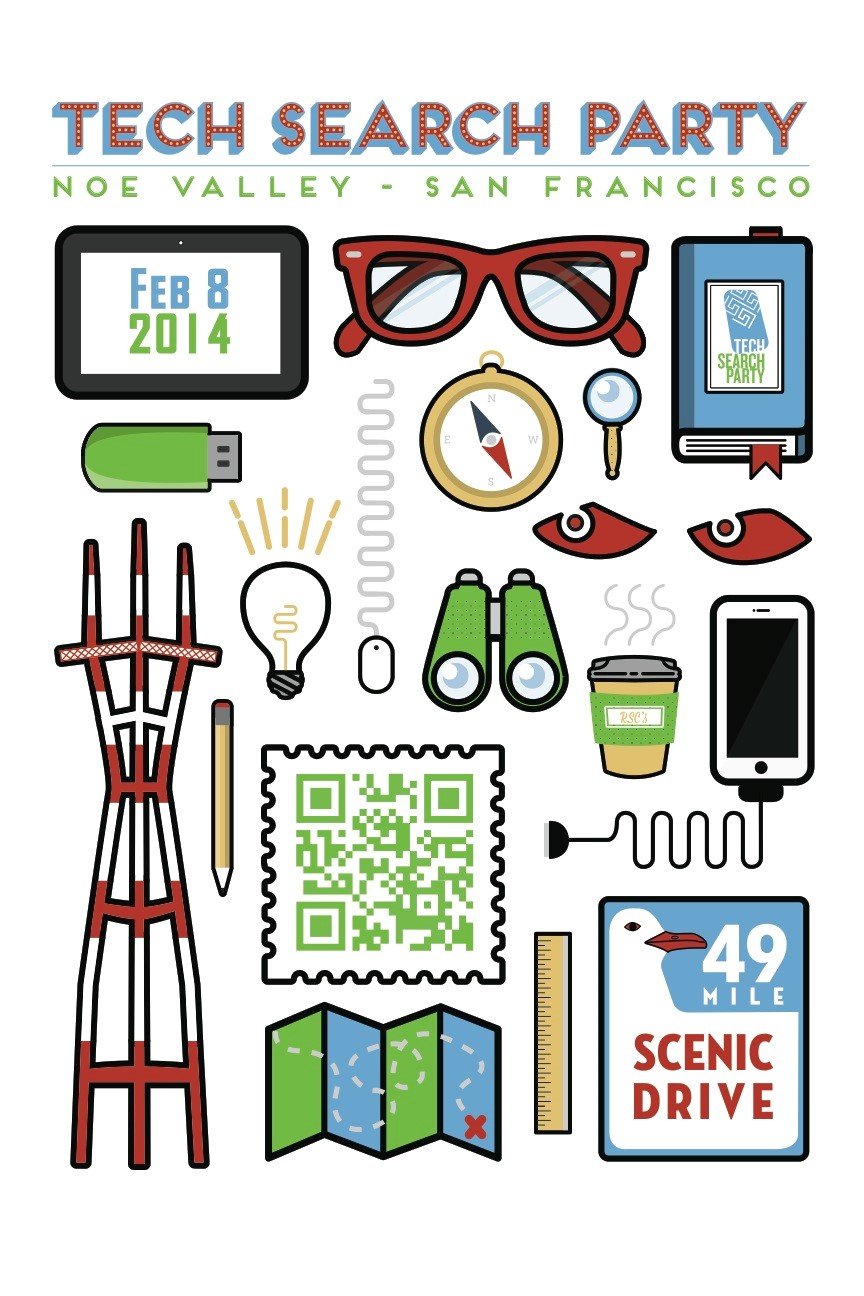
- 1 Comments
- Feb 4, 2014 12:00:00 PM
- Posted by Anna Sandler
- Topics: Education
The History Of Common Core Standards
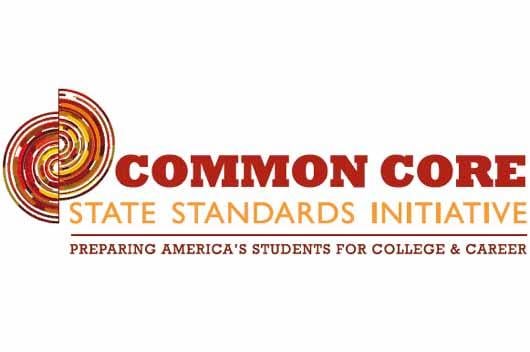
The history of the Common Core Standards began in 1983 with the publication of a report called Nation at Risk. Nation at Risk was developed by President Ronald Reagan’s National Commission on Excellence in Education. The 18 member commission consisted of individuals drawn from the private business sector, education and government. Nation at Risk reported a long list of what it considered problems with American students, including the following (keep in mind these figures are from 1983):
- American students finished last on seven of 19 tests of international student achievement
- 23 million American adults were functionally illiterate
- Average achievement of high school students on most standardized tests were lower than when Sputnik was launched
- Between 1963 and 1980 SAT scores fell 50+ points in verbal and nearly 40 points in math
As one might imagine, this report shocked the nation. We were falling behind again, and at that time "falling behind" meant we were losing ground to the USSR! It was not to be borne! Sputnik had provided the last call to arms; the new clarion call came from Nation at Risk. The commission thereby made some 38 recommendations which included the following:
- 0 Comments
- Feb 3, 2014 12:00:00 PM
- Posted by Mike Nardine
- Topics: Education
Oklahoma public schools are boosting their STEM learning with RobotsLAB BOX
Oklahoma public schools are about to receive an enormous boost to their STEM learning programs. The innovative Oklahoma City STEM learning facility techJoynT has teamed with us here at RobotsLAB in San Francisco to bring our award winning RobotsLAB BOX with its innovative math teaching aids to public school students in the state. Yes, the study of math is about to become exciting!
As those of you familiar with this blog are aware, our BOX is designed to assist math educators in teaching abstract math concepts by engaging students with robots. And as Dr Peter Stone, Alfred P. Sloan Research Fellow, Guggenheim Fellow, AAAI Fellow, Fulbright Scholar, and Professor in the Department of Computer Science at the University of Texas at Austin, explains “You don’t need to be experienced with robotics or have a degree in computer science, just an enthusiasm for your subject area...You can open the BOX, turn on the preloaded tablet and within minutes be explaining quadratic equations with a quad copter.” This beats pontificating in front of a blackboard every time!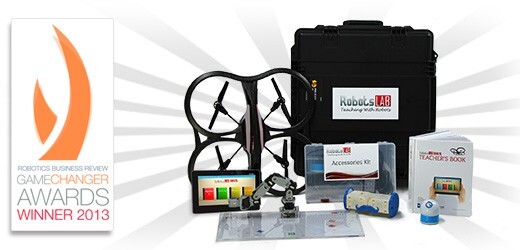
- 0 Comments
- Jan 31, 2014 6:02:00 PM
- Posted by Charles Nimrad
- Topics: Math, About the BOX, Local News, EdTech, STEM, Education, 21st Century Classroom, School, Student Engagement
A new $250m grant - California Career Pathways Trust - act now!
California STEM educators in grades kindergarten through grade fourteen, it's time to freshen up those rejected grant requests; the state is finally coming around to seeing it your way : the legislature has set aside a quarter-billion dollars ($250,000,000) to "fund specialists in work-based learning, as defined in Section 51760.1 of the Education code."
How can we be sure Section 51760.1 is talking about STEM ed? Well, here are the first few lines of that section:
For purposes of this section, "work-based learning" means an
educational approach or instructional methodology that uses the
workplace or real work to provide pupils with the knowledge and
skills that will help them connect school experiences to real-life
work activities and future career opportunities.
Now if that isn’t a perfect description of the inherent virtues of STEM learning for young learners, what is? What learning component is more likely to provide students with the skills they will need when they enter the future job market? Woodworking, maybe? Film? Hey, both laudable endeavors but not guaranteed the multi-million openings expected in science, technology, engineering and math in the next few years.
- 0 Comments
- Jan 30, 2014 4:17:00 PM
- Posted by Elad Inbar
- Topics: Education, School, Grants
Challenges in Real-World Math Lead Students to Success
As every grade-school kid knows, a well-fed caterpillar gets longer (and fatter) than a poorly fed caterpillar of the same species. Also, as every grade-school kid knows, a caterpillar that runs afoul of a hungry bird never becomes a beautiful butterfly. And so what does this have to do with STEM learning?
Well, studying caterpillars has always been more interesting than listening to a teacher talking about math problems found in a book. Almost every kid likes caterpillars. They are still interested in caterpillars by the time they reach the sixth grade, but most of them have been turned off to math by that time. Caterpillar, the board game, is an attempt by some innovative educators to stop that decline in math interest in 6th through 8th grade kids by combining caterpillars and math. Oh, and don’t forget dice!
- 0 Comments
- Jan 29, 2014 2:56:00 PM
- Posted by Mike Nardine
- Topics: Math, Education, Student Engagement
Relevant Posts
Popular Posts
Subscribe to Email Updates
-
I Want To Learn MoreADDITIONAL INFORMATION


